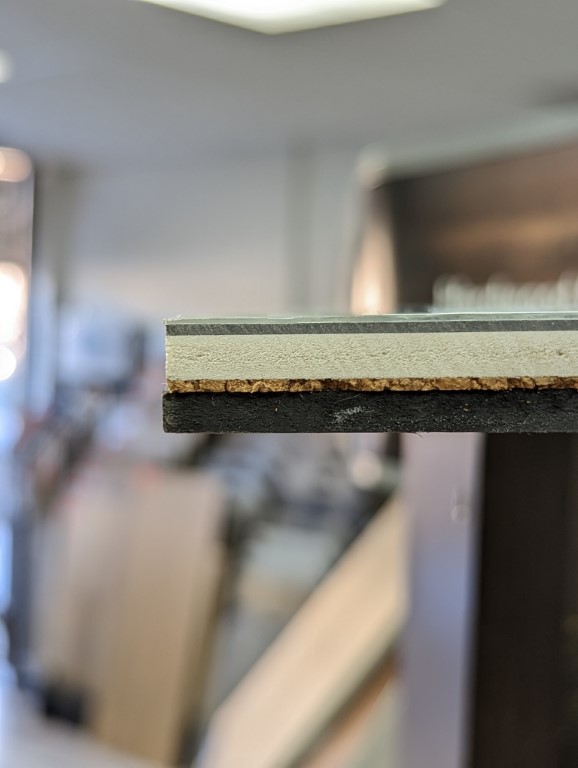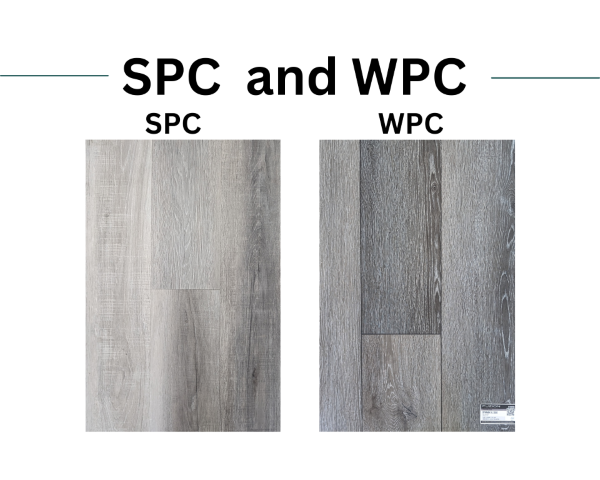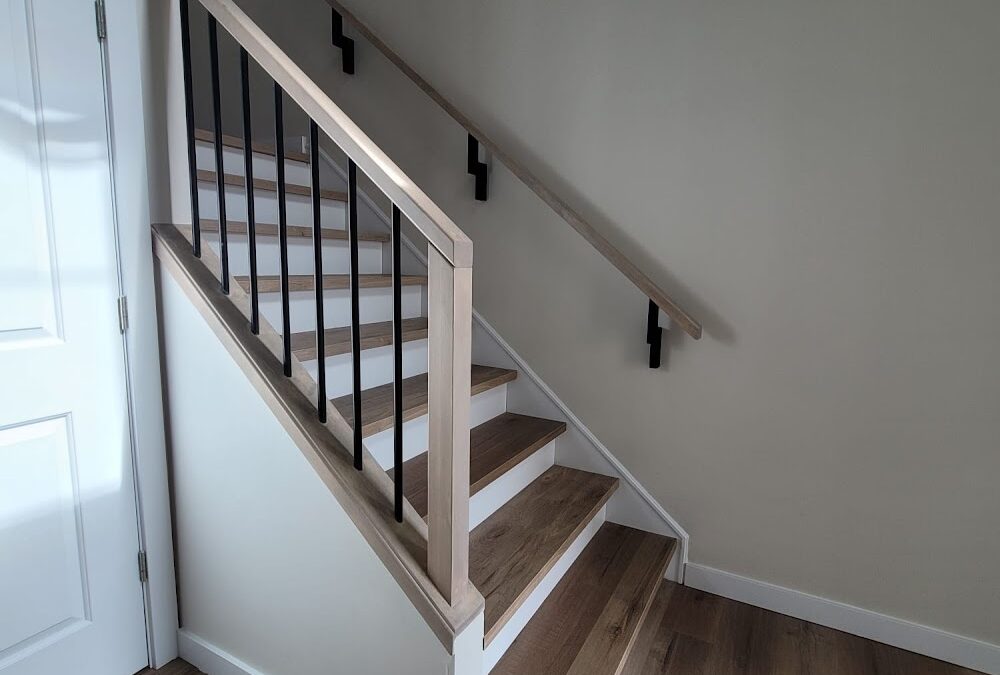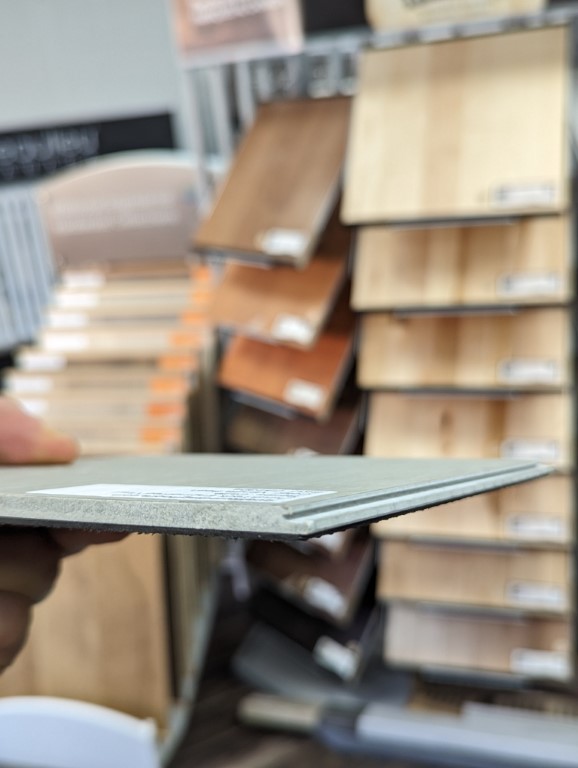SPC Vinyl Plank vs WPC Vinyl Plank: Which is the Better Choice for Your Home Flooring?
Vinyl flooring has become increasingly popular in recent years, thanks to its durability, affordability, and versatility. But with so many different types of vinyl flooring available on the market, it can be difficult to determine which one is right for your home. Two of the most common types of vinyl flooring are SPC vinyl plank and WPC vinyl plank, but what sets them apart, and which one is the better option for your home? How to compare vinyl plank?
Understanding SPC Vinyl Plank
SPC vinyl plank stands for Stone Plastic Composite, and it is made from a combination of natural stone powder and plastic composite. This combination gives SPC vinyl plank its unique durability and stability, making it a popular choice for homes and commercial spaces.
The layers of SPC Flooring
Top layer: Wear layer measured in mils
Print Layer: Picture of wood
Core Layer: Made of stone and plastic
Backing: underlayment to product product, and reduce sound
Advantages of SPC Vinyl Plank
- Durability: One of the main benefits of SPC vinyl plank is its durability. It is designed to resist wear and tear, making it an excellent choice for high-traffic areas such as kitchens, hallways, and living rooms.
- Stability: SPC vinyl plank is also incredibly stable, meaning it is less likely to expand or contract in response to changes in temperature and humidity. This makes it an ideal choice for homes in areas with extreme weather conditions.
- Waterproof: Another advantage of SPC vinyl plank is that it is waterproof. This makes it a great option for areas prone to spills and accidents, such as bathrooms and kitchens.
Understanding WPC Vinyl Plank

Note: the black portion of the image is not part of the WPC vinyl plank product. (Sample backing board)
WPC vinyl plank stands for Wood Plastic Composite, and it is made from a combination of wood fibers and plastic composite. This combination gives WPC vinyl plank its unique durability and stability, making it a popular choice for homes and commercial spaces.
Since WPC vinyl plank is made with a lower density, it is typically softer to walk on. The trade off is that it won’t be quite as dent resistant as the SPC vinyl plank.
The layers of WPC Flooring
Top layer: wear layer measured in mils, typically embossed in register to provide better texturing
Print Layer: photo of wood flooring (or tile)
LVP layer: thin layer of vinyl for the print layer to be melded to
WPC Core Layer: mix of wood fiber and plasticizer
Backing: Usually cork backed
Advantages of WPC Vinyl Plank
- Durability: WPC vinyl plank is incredibly durable and resistant to wear and tear, making it a popular choice for high-traffic areas such as kitchens, hallways, and living rooms.
- Stability: WPC vinyl plank is also incredibly stable, meaning it is less likely to expand or contract in response to changes in temperature and humidity. This makes it an ideal choice for homes in areas with extreme weather conditions.
- Waterproof: WPC vinyl plank is also waterproof, making it a great option for areas prone to spills and accidents, such as bathrooms and kitchens.
- Warmer to the Touch: One of the key differences between SPC vinyl plank and WPC vinyl plank is that WPC vinyl plank is warmer to the touch. This makes it a popular choice for homes where comfort and warmth underfoot is a priority.
Comparing SPC Vinyl Plank and WPC Vinyl Plank

SPC Seen on the left side, WPC on the right
These are both grey options and have texture, its hard to see any differences from the photos but the WPC has much better more accurate matching texture.
So, which is the better option for your home? Both SPC vinyl plank and WPC vinyl plank has their advantages and disadvantages.
WPC is typically the warmer, nicer looking option. Since most WPC products take advantage of embossed in register surfaces, they will look and feel more like real wood.
SPC is the more durable option since it is reinforced with stone powder instead of wood fibers. The stone allows the SPC vinyl plank to have high tolerances to temperature change. SPC is also more resistant to denting because of the denser core.
Unique benefits of SPC Vinyl Plank
- Impact resistant
- Install over long distances up to 90 feet in one direction!
- Install over in floor heating.
Unique benefits of WPC Vinyl Plank
- Softer to walk on
- Warmer to the foot
- Typically, will be thicker and more flexible.
- Better texture and real wood feel and look.






Recent Comments